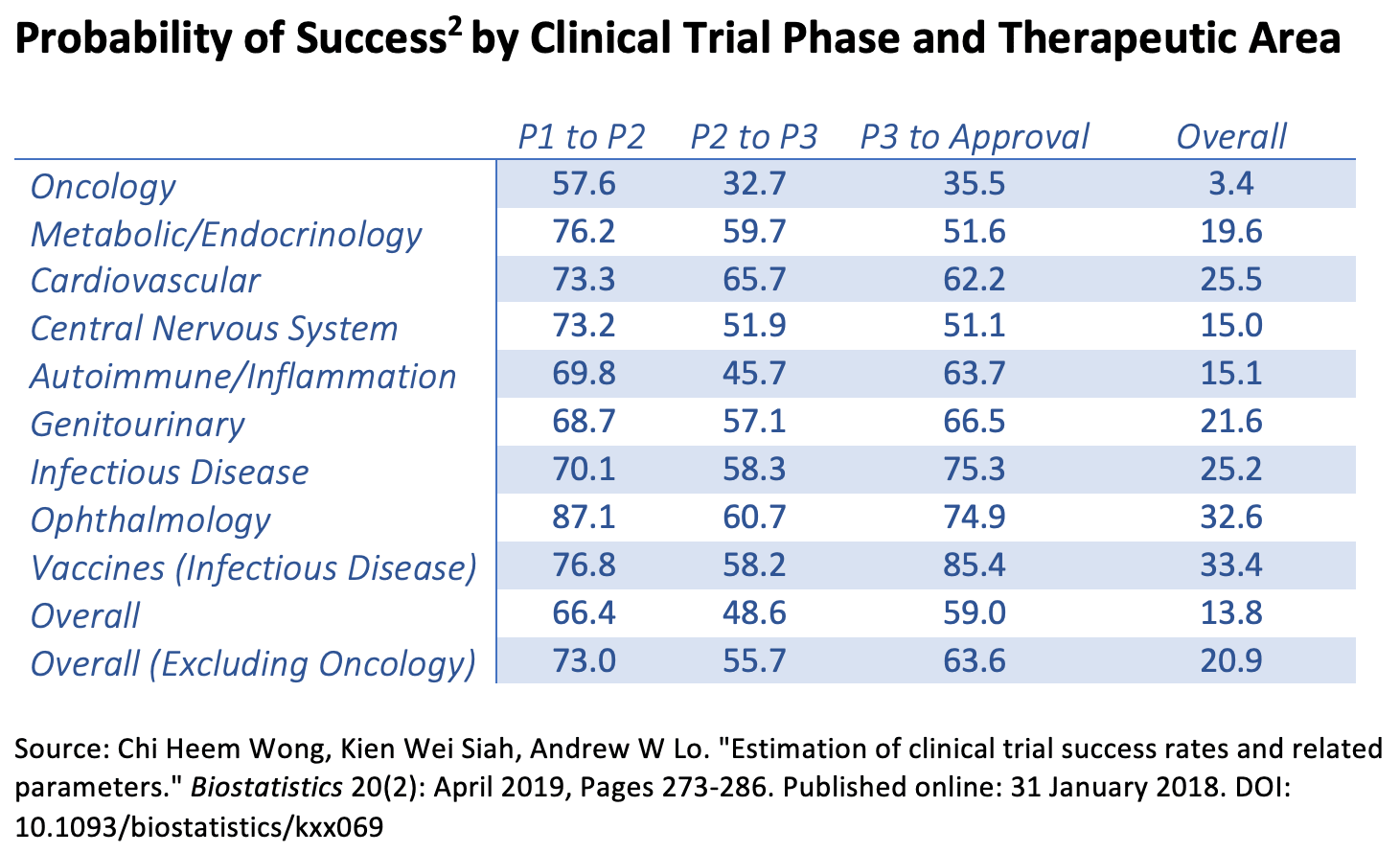For the past few years, I've generally mostly heard from alignment grantmakers that they're bottlenecked by projects/people they want to fund, not by amount of money. Grantmakers generally had no trouble funding the projects/people they found object-level promising, with money left over. In that environment, figuring out how to turn marginal dollars into new promising researchers/projects - e.g. by finding useful recruitment channels or designing useful training programs - was a major problem.
Within the past month or two, that situation has reversed. My understanding is that alignment grantmaking is now mostly funding-bottlenecked. This is mostly based on word-of-mouth, but for instance, I heard that the recent lightspeed grants round received far more applications than they could fund which passed the bar for basic promising-ness. I've also heard that the Long-Term Future Fund (which funded my current grant) now has insufficient money for all the grants they'd like to fund.
I don't know whether this is a temporary phenomenon, or longer-term. Alignment research has gone mainstream, so we should expect both more researchers interested and more funders interested. It may be that the researchers pivot a bit faster, but funders will catch up later. Or, it may be that the funding bottleneck becomes the new normal. Regardless, it seems like grantmaking is at least funding-bottlenecked right now.
Some takeaways:
- If you have a big pile of money and would like to help, but haven't been donating much to alignment because the field wasn't money constrained, now is your time!
- If this situation is the new normal, then earning-to-give for alignment may look like a more useful option again. That said, at this point committing to an earning-to-give path would be a bet on this situation being the new normal.
- Grants for upskilling, training junior people, and recruitment make a lot less sense right now from grantmakers' perspective.
- For those applying for grants, asking for less money might make you more likely to be funded. (Historically, grantmakers consistently tell me that most people ask for less money than they should; I don't know whether that will change going forward, but now is an unusually probable time for it to change.)
Note that I am not a grantmaker, I'm just passing on what I hear from grantmakers in casual conversation. If anyone with more knowledge wants to chime in, I'd appreciate it.

This matches my impression. FAR could definitely use more funding. Although I'd still at the margin rather hire someone above our bar than e.g. have them earn-to-give and donate to us, the math is getting a lot closer than it used to be, to the point where those with excellent earning potential and limited fit for AI safety might well have more impact pursuing a philanthropic pathway.
I'd also highlight there's a serious lack of diversity in funding. As others in the thread have mentioned, the majority of people's funding comes (directly or indirectly) from OpenPhil. I think OpenPhil does a good job trying to mitigate this (e.g. being careful about power dynamics, giving organizations exit grants if they do decide to stop funding an org, etc) it's ultimately not a healthy dynamic, and OpenPhil appears to be quite capacity constrained in terms of grant evaluation. So, the entry of new funders would help diversify this in addition to increasing total capacity.
One thing I don't see people talk about as much but also seems like a key part of the solution: how can alignment orgs and researchers make more efficient use of existing funding? Spending that was appropriate a year or two ago when funding was plentiful may not be justified any longer, so there's a need to explicitly put in place appropriate budgets and spending controls. There's a fair amount of cost-saving measures I could see the ecosystem implementing that would have limited if any hit on productivity: for example, improved cash management (investing in government money market funds earning ~5% rather than 0% interest checking accounts); negotiating harder with vendors (often possible to get substantial discounts on things like cloud compute or commercial real-estate); and cutting back on some fringe benefits (e.g. more/higher-density open plan rather than private offices). I'm not trying to point fingers here: I've made missteps here as well, for example FAR's cash management currently has significant room for improvement -- we're in the process of fixing this and plan to share a write-up of what we found with other orgs in the next month.
I'd thought it was a law of nature that quiet norms for open plans don't actually work; it sounds like you've found a way to have your cake and eat it too!